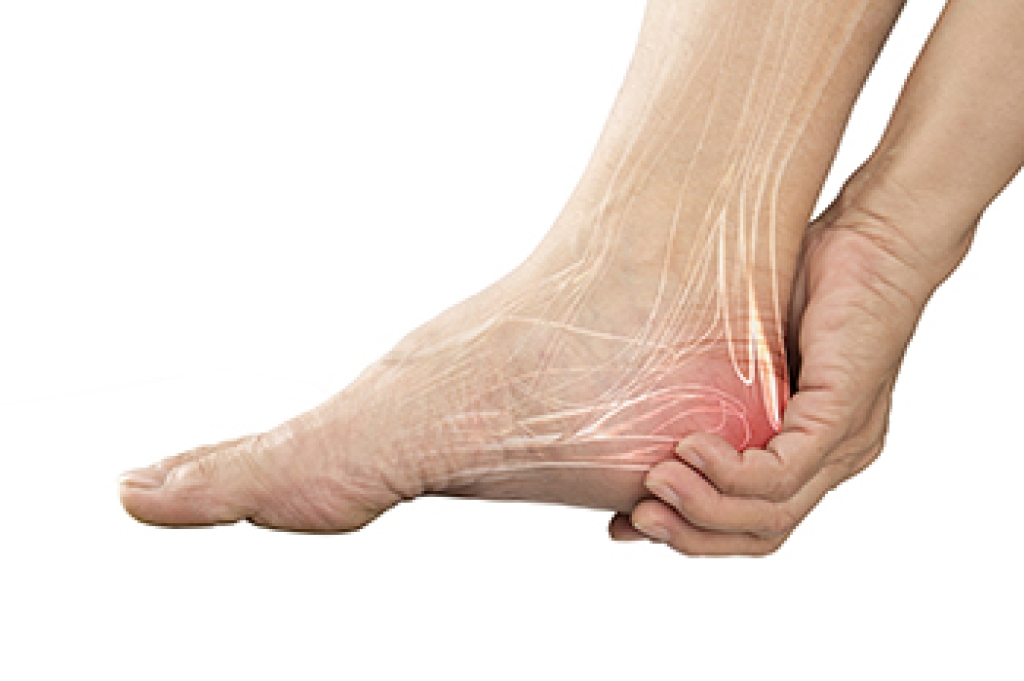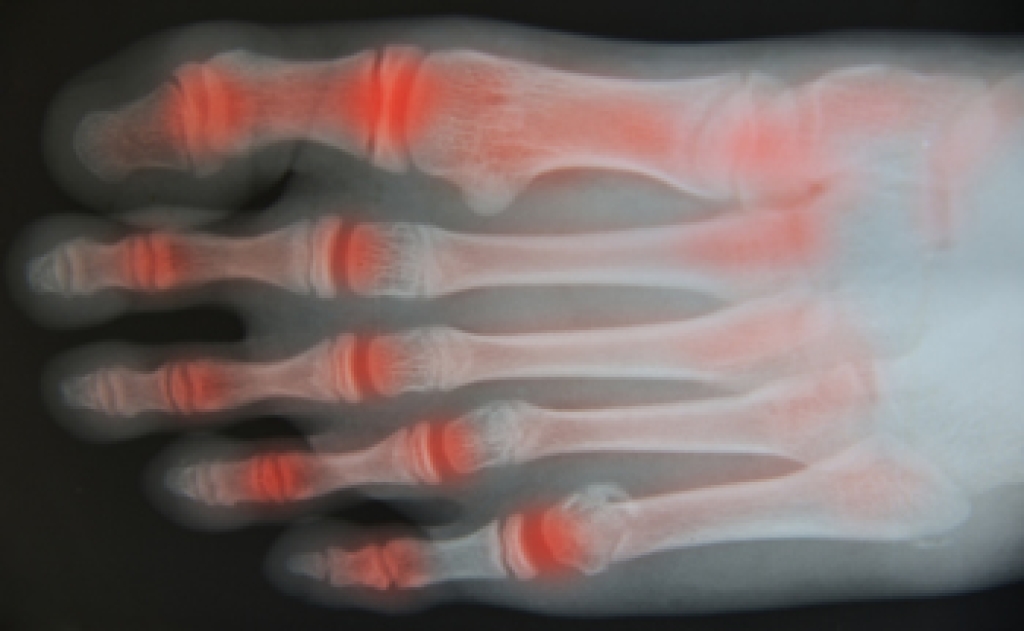
Gout is a type of arthritis caused by a buildup of uric acid crystals in the joints, leading to sudden pain, redness, and swelling, often in the big toe. While it is more common in men, gout in women typically appears after menopause when uric acid levels may rise. Risk factors include hypertension, diabetes mellitus, and renal dysfunction, all of which can affect how the body processes uric acid. Symptoms may come on suddenly and cause intense discomfort, stiffness, and warmth in the affected joint. A podiatrist can diagnose gout, manage pain, and recommend lifestyle changes or medications to prevent future flare-ups. If you have intense joint pain in your big toe, it is suggested that you promptly contact a podiatrist who can help you to manage this painful condition.
Gout is a foot condition that requires certain treatment and care. If you are seeking treatment, contact one of our doctors from Favor Foot Ankle Leg & Wound Center. Our doctors will treat your foot and ankle needs.
What Is Gout?
Gout is a type of arthritis caused by a buildup of uric acid in the bloodstream. It often develops in the foot, especially the big toe area, although it can manifest in other parts of the body as well. Gout can make walking and standing very painful and is especially common in diabetics and the obese.
People typically get gout because of a poor diet. Genetic predisposition is also a factor. The children of parents who have had gout frequently have a chance of developing it themselves.
Gout can easily be identified by redness and inflammation of the big toe and the surrounding areas of the foot. Other symptoms include extreme fatigue, joint pain, and running high fevers. Sometimes corticosteroid drugs can be prescribed to treat gout, but the best way to combat this disease is to get more exercise and eat a better diet.
If you have any questions, please feel free to contact our office located in South Amboy, NJ . We offer the newest diagnostic and treatment technologies for all your foot care needs.




